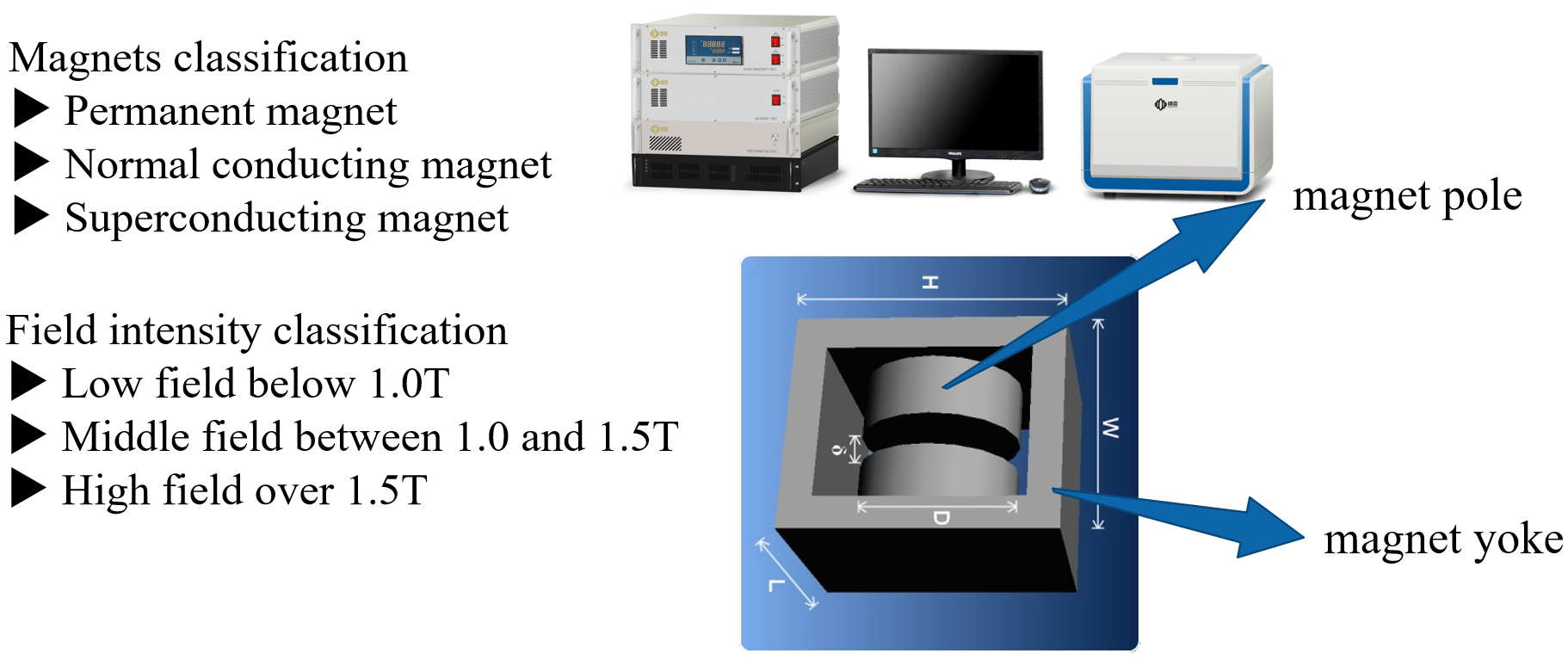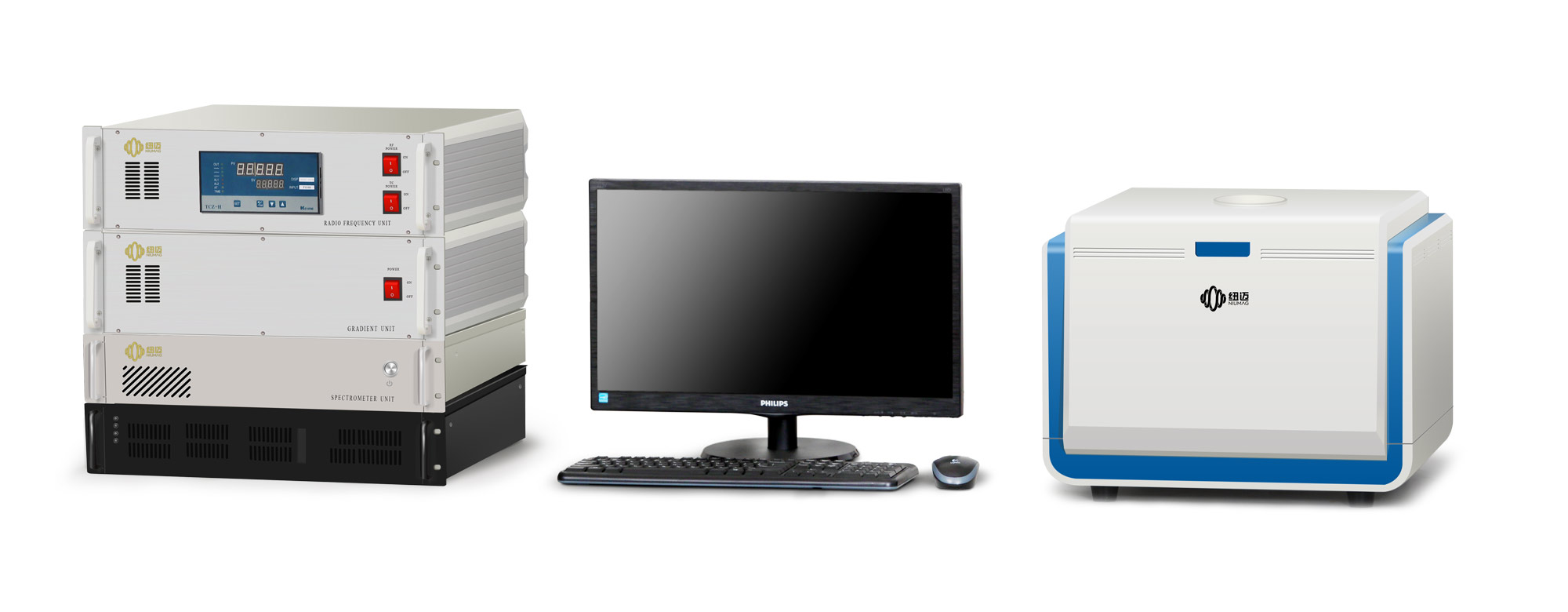Education NMR NIUMAG EDUMR
Education NMR Overview
Nuclear Magnetic Resonance (NMR) is a powerful analytical technique used in various fields, including chemistry, physics, biology, and medicine. It provides detailed information about the structure, dynamics, and interactions of molecules at the atomic level. NMR is widely used in research, industry, and academia for a variety of applications, such as determining molecular structures, studying protein conformation, characterizing materials, and investigating reaction mechanisms.
Education NMR Applications
- Basic Principles: NMR is based on the interaction of atomic nuclei with a strong magnetic field and radiofrequency radiation. When placed in a magnetic field, certain atomic nuclei (such as hydrogen nuclei, or protons) resonate at a specific frequency. By applying radiofrequency pulses, the nuclei can be excited and then detected as they relax back to their equilibrium state. The resulting NMR spectrum provides information about the chemical environment and interactions of the nuclei.
MRI of NIUMAG Education NMR Instrument
- Instrumentation: NMR instruments consist of a powerful magnet, radiofrequency coils, and a detection system. The magnet aligns the nuclear spins, while the radiofrequency coils generate pulses to manipulate the spins and detect the resulting signals. Modern NMR instruments are equipped with advanced features like multidimensional NMR, variable-temperature capabilities, and automation.
Structure of NIUMAG Education NMR Instrument
- Applications: NMR is used extensively in research and education. In a chemistry curriculum, students might use NMR to determine the structure of organic compounds, identify unknown substances, or study reaction kinetics. In biology, NMR can be employed to investigate protein folding, interactions, and dynamics. NMR is also valuable for studying materials science, polymers, and solid-state compounds.
- Teaching Tools: Many educational institutions have NMR facilities that offer hands-on training to students. Students can learn how to prepare samples, run NMR experiments, and interpret spectra. NMR is often integrated into chemistry and physics courses at the undergraduate and graduate levels, helping students develop practical skills and a deeper understanding of molecular behavior.
- Research Opportunities: NMR education goes beyond basic coursework. Students may engage in research projects involving NMR, contributing to advancements in various fields. This hands-on experience can enhance critical thinking, problem-solving, and technical skills.
- Resources: Students and educators can access numerous resources to learn about NMR, including textbooks, online tutorials, and simulation software. Some universities also provide open-access NMR databases for spectral analysis practice.
NIUMAG EDUMR – MRI Education System
NIUMAG EDUMR represents a compact desktop NMR apparatus explicitly crafted for the purpose of facilitating MRI experimental instruction. The inclusion of EDUMR within curricula opens avenues for instructive courses that delve into NMR principles and experimentation through engaging MRI demonstrations. This integration finds its relevance within diverse academic domains, ranging from the realms of modern physics, applied physics, radio physics, and electronic engineering to the realms of medical studies encompassing fields such as large-scale medical apparatus, medical imaging technology, and biomedical engineering. Furthermore, the versatile potential of EDUMR extends towards the creation of comprehensive experimental courses and specialized majors, including those centered around the intricate hardware architecture and engineering aspects of NMR systems.
 NIUMAG
NIUMAG


